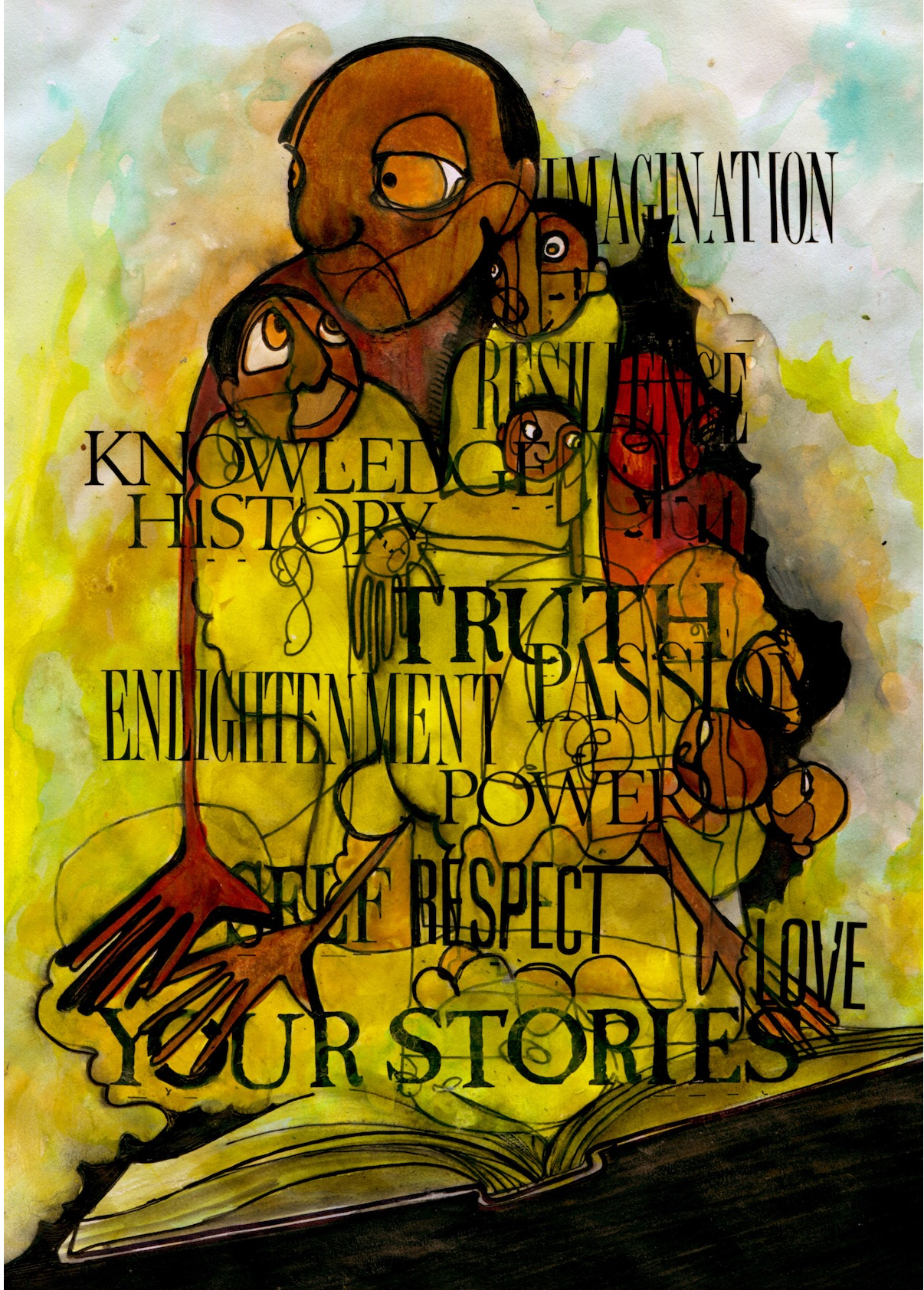“A Blade So Black” Is a Fantastic Take on “Alice in Wonderland”
Alice in Wonderland always struck me as a really dreamy metaphor for coming of age.
The versions of Alice in Wonderland I know best are from the video game Kingdom Hearts and the 2010 live-action Disney film. Both media have their protagonists growing as heroes and as people as they journey through Wonderland. In L. L. McKinney’s A Blade So Black, the heroine comes of age beautifully through trials based in reality as well as fantasy.
Alice Kingston, the book’s protagonist, is a Black teenager living in Atlanta, Georgia, and a warrior known as a Dreamwalker. Together with her mentor, Addison Hatta, she fights Nightmares, creatures that serve as the embodiment of human fear. When Hatta ends up poisoned, Alice must journey deep into Wonderland to search for a cure and face a darkness that threatens Wonderland and the real world.
 One of the first things that appealed to me about the book is its striking cover. Designed to look like an ace of spades, it features a dark-skinned Black girl literally poised for battle with her daggers. This cover told me that the heroine was going to kick butt and do some growing, and I had to know what her story was.
One of the first things that appealed to me about the book is its striking cover. Designed to look like an ace of spades, it features a dark-skinned Black girl literally poised for battle with her daggers. This cover told me that the heroine was going to kick butt and do some growing, and I had to know what her story was.
Once I started reading the book, Alice won me over as the lead character. Her grief at losing her father, her nervousness and excitement about venturing into Wonderland, and her casual display of her inner fangirl were so relatable. Not to mention that the way she speaks sounds true to life. One of my favorite lines of dialogue goes, “You play too much. Talkin’ ’bout some ‘you’ll have to be specific’. Specific deeze.”
The majority of the secondary cast of characters was enjoyable, too. Addison Hatta struck me as a British, loveable rogue. Alice’s mom will resonate with anyone who has loved and gotten in trouble with a Black parent or family member. Lady Xellon is a noble knight with a soft, protective side, while Odabeth is a princess who humbles graciously. The only characters I didn’t like were Courtney and Chess, who didn’t seem as interesting as the Wonderland characters.
In addition to the characters, the real and fictional settings of Atlanta, Georgia, and Wonderland were memorable. Given that I live in Georgia and have some experience with metro Atlanta, I could easily imagine Alice living around that area and experiencing some supernatural shenanigans. The book’s prologue was especially notable in this regard, as Alice experiences her first supernatural encounter a little ways from Grady Memorial Hospital.
Meanwhile, Wonderland is just as vivid and dangerous as I imagined it would be. McKinney’s world-building and physical descriptions of Wonderland let you see it in your mind’s eye as the story unfolds. Wonderland is particularly stunning when Alice visits it for the first time, and her sense of joy and wonder is sure to be reflected in the reader.
Although Wonderland and ATL are interesting settings on their own, they are even more interesting when they overlap and affect each other. At one point, it is explained that Dreamwalkers are immune to the physical and emotional effects of Nightmares unless the fear is personal. One of Alice’s personal nightmares is becoming a victim of police brutality.
In a couple of paragraphs, the author makes police brutality a literal and metaphorical nightmare. When a black girl named Brionne Matthews is shot and killed by police, the fear that results from her death causes two Nightmare creatures to appear and show Alice the cold reality of having special abilities even as her life is at risk in the real world. Alice wonders, “She’d protected this world, but would anyone protect her?”
Despite her fears of losing her life and losing those she loves, Alice manages to take the first steps to becoming the hero she can be. By focusing her Muchness, the part of her that believes in herself the most, she wields her daggers and a sword to slay Nightmares in a way that is empowering. In a creative nod to Lewis Caroll’s poem “Jabberwocky,” Alice’s heroic journey reaches its climax with the lines, “She left it dead, and with its head, she went galumphing back.”
All in all, A Blade So Black is a fantastic, grounded twist on Alice in Wonderland. With a compelling heroine, a quirky cast of characters, and thought-provoking world-building, A Blade So Black brings adventure, heart, and Black Girl Magic. Whether or not a sequel is in the works, this book alone breaks new ground for retellings and urban fantasy.

The Afro YA promotes black young adult authors and YA books with black characters, especially those that influence Pennington, an aspiring YA author who believes that black YA readers need diverse books, creators, and stories so that they don’t have to search for their experiences like she did.
Latonya Pennington is a poet and freelance pop culture critic. Their freelance work can also be found at PRIDE, Wear Your Voice magazine, and Black Sci-fi. As a poet, they have been published in Fiyah Lit magazine, Scribes of Nyota, and Argot magazine among others.

